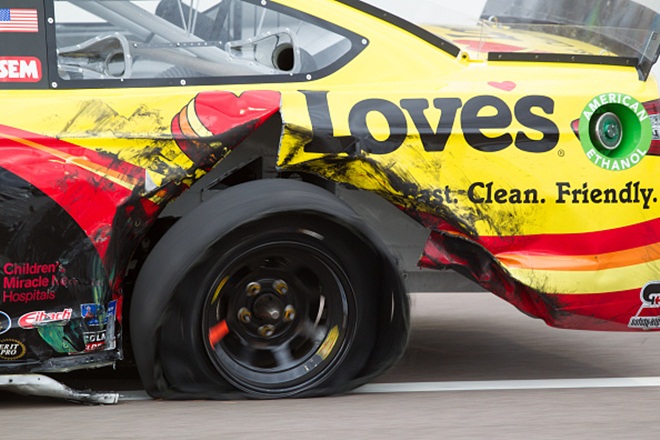
Unpuncturable tyres could soon be a reality and will soon be available on production vehicles and you will have to thank researchers from Harvard School of Engineering and Applied Sciences. A report on Digital Trends suggests that these researchers have developed a new type of rubber that has the ability to self-heal itself. The rubber is as strong and tough as the existing rubber and has the added advantage to self heal in the event if it gets a puncture. “We have a made a new type of rubber with an exceptional combination of toughness and self-healing ability,” Liheng Cai, a postdoctoral fellow in applied physics, told Digital Trends. “We did so by developing a new way to mix two intrinsically immiscible bonds, reversible and covalent bonds, in a dry rubber. He also explained the chemistry behind this and said that in their research they used molecules to physically tie this chemical bond together in a way that they are forced to mix at a molecular level. This is not conventional way of mixing two solvents, the dry rubber already contains reversible hydrogen bonds that forms permanent covalent cross linking bonds. They break down and reform to enable self-healing ability.
In the process the covalent bonds hold the structure together to maintain the toughness even during deformation. Resulting in giving the same strength that of a natural rubber which will self-heal on damage. Earlier, researches have been done on to build healing factors into robots but this success of self-healing is more significant as it is done on a dry material, like the rubber. A world free of flat tyres is a good enough reason to implement the self-healing tyres in the real world, but Cai believes that there are number of potential uses of this form of rubber and can be used in various applications like stretchable electronics, damping materials and many other optical devices.
Harvard has already filed for a patent application for this technology and is looking at commercializing this new rubber.
























